The first time I ever heard of pemphigus was when Raj [not real name] was diagnosed with this skin disease.
“Pemphigus is a group of rare autoimmune diseases,” According to National Institute of Arthritis and Musculoskeletal and Skin Diseases (NIAMS). Such diseases occur when the body’s immune system attacks healthy cells. Pemphigus causes blisters on the skin and mucous membranes… Some forms of Pemphigus may be fatal without treatment,” continues NAIMS website.
“My first thought after I was diagnosed was, “Why did I get this?” recalls Raj. “I immediately started researching and looking up whatever I could about my problem, so that I would be well informed about what was going on.”
In February, 2009, before Raj’s disease was diagnosed, he started noticing very odd changes on his body. “I started getting rashes in my mouth, on my cheeks and tongue, so I couldn’t eat”, he said. “I was on a liquid diet for a while because it hurt too much to eat. So the first person I went to see was my dentist because I thought he could figure it out, since the rashes were in my mouth. But he couldn’t, and recommended that I see a dermatologist.”
The dermatologist said he needed to have a biopsy so that they can accurately diagnose the problem. For the biopsy, they cut out a part of the wound in his mouth, on his cheek. While waiting for the results to come from the lab, Raj’s wife was “freaking out”. She was scared that it was cancer. So when his family got the results confirming that it wasn’t, she was happy; they all were. But their happiness slowly drained away after learning that Raj had pemphigus.
Raj has pemphigus vulgaris. According to NIAMS, “This is the most common type of pemphigus in the United States. Most cases start with mouth blisters. They can be painful, but most do not itch or leave scars.”
There is only one way to treat this disease; through high doses of anti-inflammatory drugs (corticosteroids, according to NIAMS). Some of the anti-inflammatory drugs Raj uses are medical steroids, such as prednisone. Raj’s dermatologist told him that this medicine is very strong, but also has very severe side effects, such as, brittle bones, weight gain, vitamin D deficiency, and could cause cataracts to form in the eyes. He said that it also crystallizes water in the body, causing the body to look extremely bloated and swollen.
“Sometimes I look at myself in the mirror and I can’t even recognize myself. When I compare pictures from before I diagnosed to now, it seems like the man in the picture is someone else, not me”, comments Raj with a sad smile.
After three to four months, the sores in Raj’s mouth disappeared. Then, the ones on his chest and back slowly started to heal. After observing this progress, Raj’s dermatologist decided to reduce his dosage of prednisone from 100 to 60 milligrams.
“But, after this change they noticed that the old wounds weren’t going away quickly, and to my despair, I also noticed new ones showing up,” Raj mentions. “So my dermatologist started increasing my dosage again until it was back to 100 milligrams again.”
This cycle went on for about six to eight months. Finally, the wounds on Raj’s back and chest disappeared. His dosage is now 30 milligrams per day. There are still wounds on Raj’s head, and the medicine applied to the head is causing hair to fall out in those particular areas. Because he is still taking Prednisone, Raj is still bloated.
“One thing that I can learn from this experience is that by keeping a good attitude through the hard times in life will take you a long way” says Raj. “Even though I’m not fully cured yet, I have the confidence that I will heal completely. I am positive that one day, when I look in the mirror, I will see the man that I saw in the picture from not so long ago.”

This work is licensed under a Creative Commons Attribution-NonCommercial-NoDerivs 3.0 Unported License


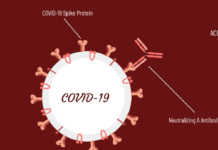
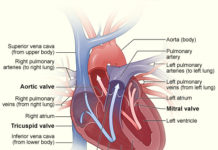
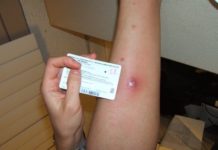
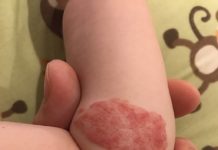
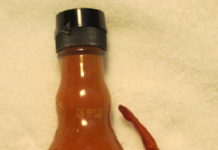
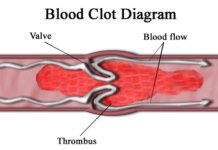






I enjoyed the narrative feel of your article, and I think you did a great job of letting your interviewee, Raj, tell the story.
But your article left me with so many unanswered questions. Is pemphigus contagious? Should I be worried about it? Can people prevent pemphigus? What statistics have been recorded about pemphigus? Are any people more at risk for this disease than others? How is the disease contracted?
Additionally, I only saw one credible attributed source, aside from the interviewee (who is quite credible about his own story, but probably not as credible about pemphigus imformation in general). Attributing information to multiple credible sources helps you as journalist to avoid relaying false or slanted information to your readers, and it enables you to provide a balanced perspective on topics/issues that have multiple legitimate stances.
i too hav pemphigus.its almost treated.but der is one wound in head that is not healing.what do i do?